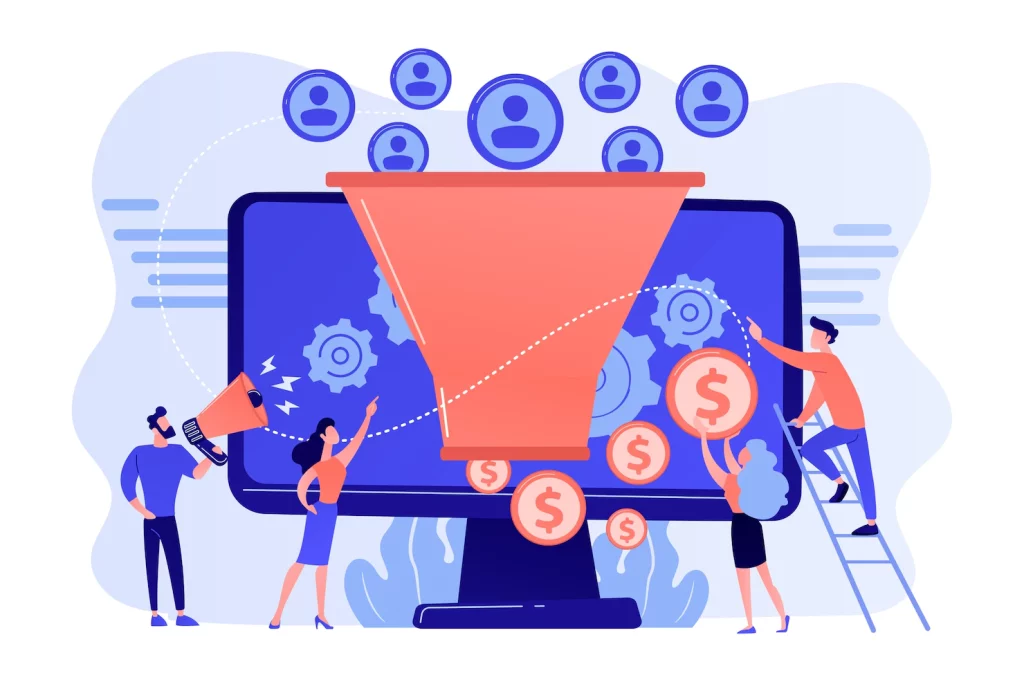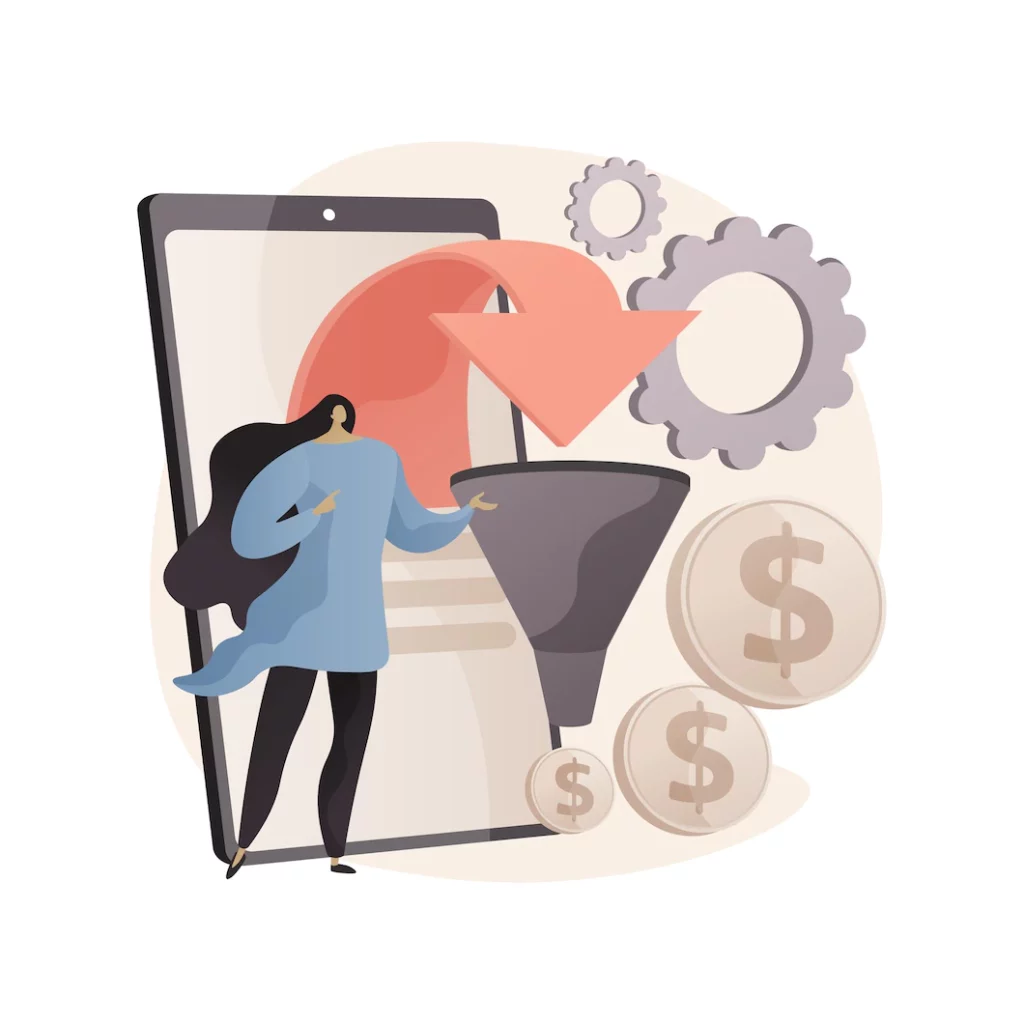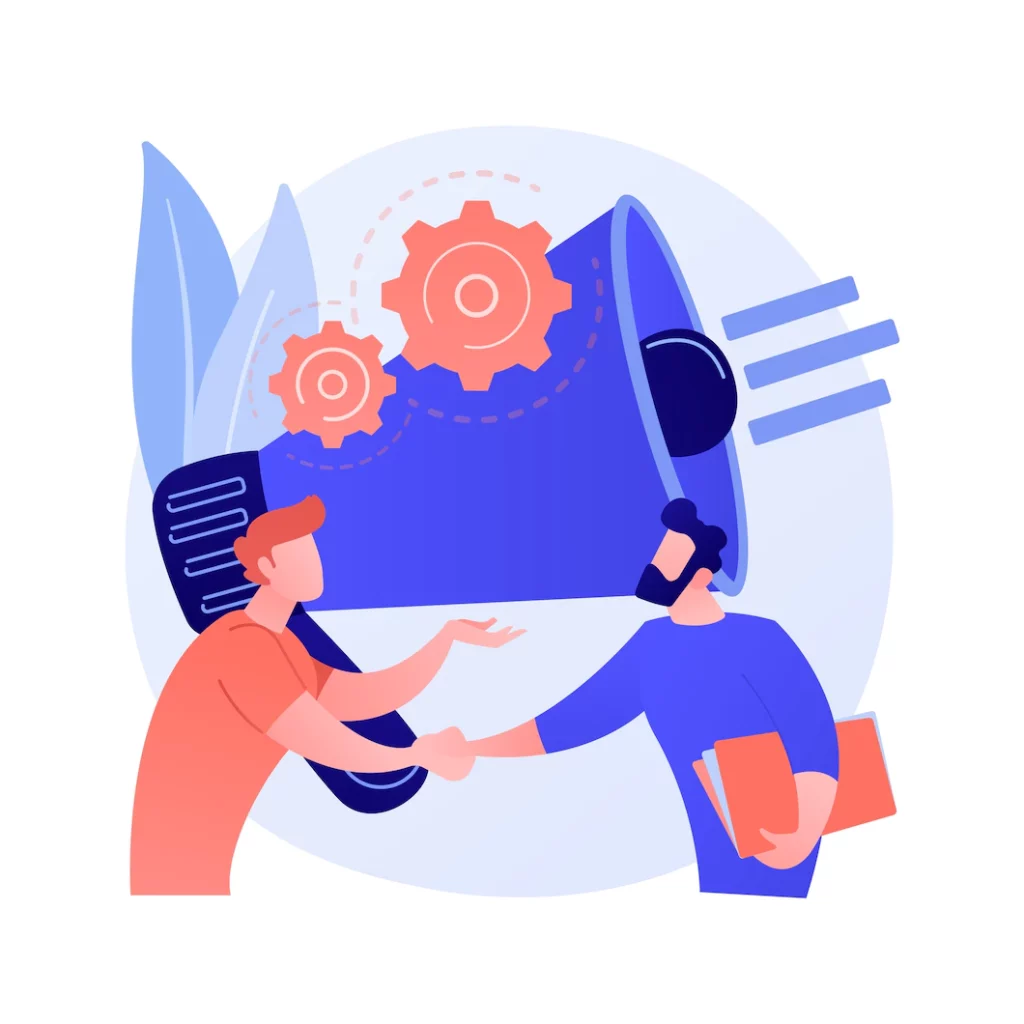Are you looking for ways to increase your online sales? If so, then understanding the basics of a sales funnel and the tactics that help convert leads into customers is essential.
It’s all about optimizing your website in order to maximize customer satisfaction, while also minimizing the risk of failed conversions. Let’s dive in and take a look at how you can use sales funnel conversion tactics to increase your sales.
The Basics of a Sales Funnel
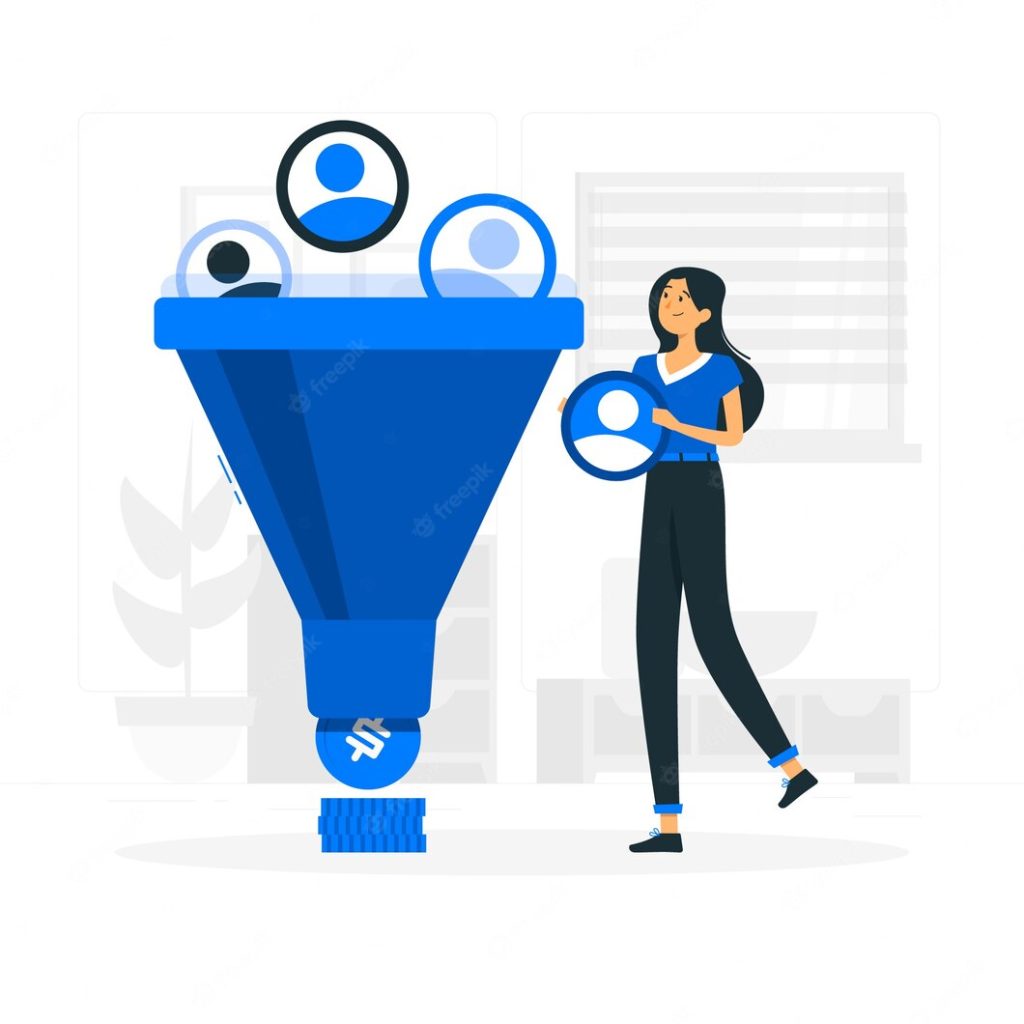
Before we get into specific tactics, let’s review what a sales funnel is and how it works. A sales funnel is simply a series of steps someone takes on their journey from discovering your business to becoming a paying customer.
It starts with awareness—when people first become aware of your product or service—and ends with conversion when they make the decision to purchase from you.
In between those two stages are several touchpoints where you have the opportunity to move them further down the funnel toward conversion.
Tactics for Moving Leads Down Your Sales Funnel
Now that we’ve gone over the basics, let’s talk about some effective tactics for moving leads down your sales funnel. First, focus on optimizing each step of the process so that it’s as frictionless as possible.
This means making sure your website loads quickly, has an easy-to-navigate user interface and offers clear calls-to-action (CTAs) that entice customers to take action.
Additionally, use targeted content marketing strategies—such as email campaigns or social media ads—to reach potential leads at different points in their buying journey.
Finally, track and analyze customer data in order to better understand where they are dropping off in the process and why so you can adjust accordingly.
Optimizing Your Funnel
To successfully optimize your sales funnel, it’s important to focus on each stage separately. Start by understanding what your website visitors are looking for when they arrive at your page and have an idea of where they would like to go next.
From there, create content that builds trust between you and your visitor and provides them with helpful information that can help them make an informed decision.
Another key component of optimizing your sales funnel is ensuring that all areas are optimized for mobile devices.
Mobile optimization not only provides a better user experience but also increases conversions as more people access websites via mobile devices than ever before.
Additionally, make sure you have a good call-to-action at each stage of your funnel that encourages users to take action. This could include signing up for a newsletter or downloading a free resource related to their needs/interests.
Creating Awareness
The first step in achieving successful conversions is creating awareness about your brand and product or service. This involves utilizing digital marketing tools such as SEO, social media advertising, email campaigns, and more to get your message out there.
Creating awareness also means optimizing your website for visibility on search engine results pages (SERPs), as well as creating content that resonates with your target audience.
By engaging potential customers with relevant information, you are more likely to capture their attention and turn them into leads.
Engaging Potential Customers
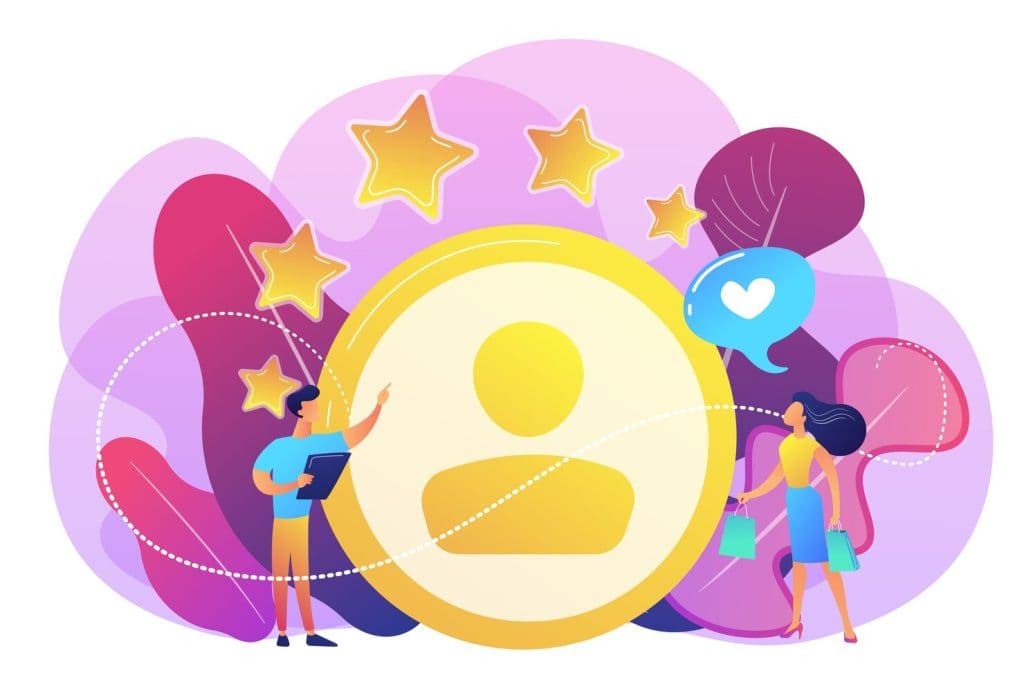
The next step in the process is engaging potential customers in order to move them further down the sales funnel.
To do this, you need to create content that speaks directly to each individual customer’s needs and wants. Providing personalized offers based on user data can be a great way of engaging potential customers and turning them into paying customers.
Additionally, using chatbots on your website can help engage visitors by providing quick answers to their questions and guiding them through the purchasing process.
Closing Deals
Finally, once you have engaged potential customers, it’s time to close deals by converting those leads into paying customers. This involves using persuasive techniques such as providing special offers and discounts or offering free trials or demos to give people an incentive to buy from you instead of competitors.
You should also focus on building trust with prospects by providing high-quality customer service that meets their needs quickly and efficiently.
Additionally, ensuring that your payment process is secure will help build confidence in your business among potential customers who may be hesitant about spending money online.
Also, Read:
- Writing Ad Copy for Maximum Engagement
- Increase Your Brand Awareness Using Your Landing Page
- How Audience Research Can Help You Create a More Effective Landing Page
Conclusion: Leveraging Sales Funnel Conversion Tactics
Sales funnels are an important part of any successful online business strategy because they help guide leads through their buying journey toward conversion.
By understanding how sales funnels work and implementing effective tactics like optimizing for speed and usability, targeting content marketing campaigns, and tracking customer data, you can ensure more leads make it through your funnel successfully and become paying customers.
With these tips in mind, you should be well on your way to creating an effective sales funnel strategy for your business!

